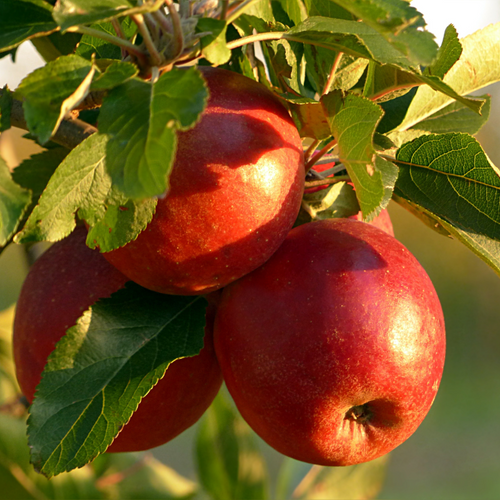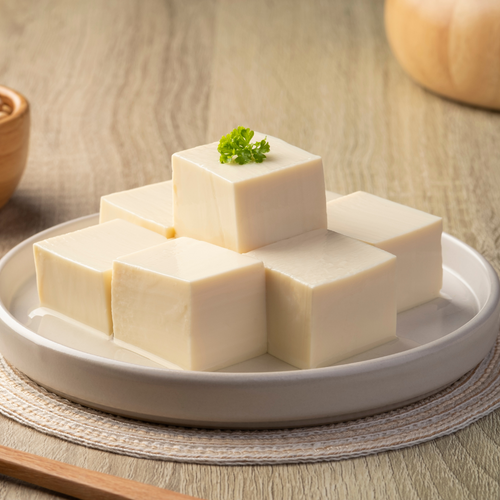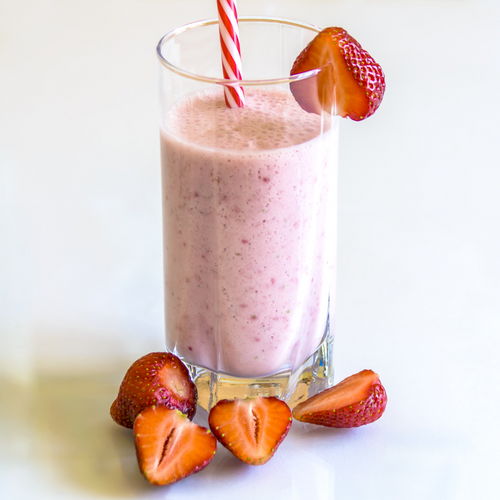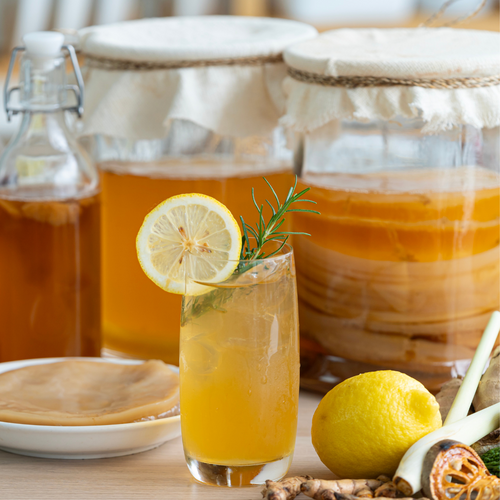Just like body temperature which is optimal at 37°C, there is also an optimal pH. These are essential parameters that allow the body to function correctly. This is called acid-base balance .
What is acid-base balance ?
Acid-base balance is the balance between the body's acidity level and alkalinity level . This balance is mainly influenced by our diet since each food is acidic, neutral or basic.
In order to maintain a good pH, the body is equipped with “buffer” systems which instantly neutralize excess acidity. But these mechanisms are not always sufficient, their capacity being limited, they diminish over time. Nowadays, many factors such as processed food, additives, pesticides, alcohol, cigarettes, pollution, stress, increase the acidity of our body .
How do you measure the acidity of a food?
In order to measure the acidifying or alkalizing nature of a food, the German Thomas Remer, a specialist in acid-base balance, has developed an index called PRAL, abbreviation for Potential Renal Acid Load, i.e. “potential renal acid burden”. If the number is greater than zero, the food is considered acidifying, and if it is negative, the food is considered alkalizing, with the value “zero” then indicating neutrality.
What foods modify our acid-base balance?
All foods ingested give rise to acids and bases in the body.
Acidifying or “acid-producing” foods generate more acids than bases. This mainly concerns animal proteins (meat, fish, eggs, dairy products) or even cereals (wheat, rye, oats, barley, spelled, etc.).
Basifying or alkalizing foods generate more bases than acids. These are mainly fruits and vegetables.
Neutral foods, on the other hand, have no influence on the acid-base balance . These include, for example, vegetable oils and refined sugars.
The body naturally manages to maintain acid-base balance , but only within certain limits. Studies suspect that a highly acidifying diet is linked to several risks for bone, kidney, muscle and cardiovascular health.
Here are some examples of foods and their PRAL index:
- Parmesan: 27.8
- Veal escalope: 18.7
- Wholemeal flour: 10.2
- Cod fillet: 9.9
- Chicken eggs: 7.2
- Egg pasta: 6.4
- Whole milk: 0.1
- White sugar: 0
- Honey: - 0.9
- Blackcurrant/Potato: - 5.2
- Raw carrot: - 5.7
- Banana: - 6.9
- Spinach: - 10.3
Our advice for maintaining a good acid-base balance?
1 - Limit salt intake to maintain acid-base balance
To avoid acid-base imbalance, it is preferable to limit salt, and more generally chlorides present in high doses in rye bread, ketchup, black olives, raw ham, Roquefort or even shrimp.
2 – Avoid sodas
Sweetened soft drinks are a source of acids, such as phosphoric acid, which contribute to acid-base imbalance. They also promote bloating and flatulence, so it is best to avoid them.
3 - Limit the consumption of animal proteins
To maintain an acid-base balance , it is preferable to review your consumption of animal proteins, especially meat, and particularly cooked meats. Fish and eggs should also be limited. Choose less acidic vegetable proteins.
4 – Avoid excess cereal products to preserve the acid-base balance
To give you an idea, your plate should contain a maximum of ¼ grain products. If you are a fan of toast for breakfast, in this case, change the starch at lunch time, preferring rice or potatoes. The important thing is to limit the consumption of cereals and vary to maintain a good PH.
5 - Increase your consumption of fortifying foods
We call a basifying food, one whose Pral index is negative. Among them, we find fruits and vegetables, as well as spices but also tea and herbal teas.
6 – Favor foods rich in potassium
Potassium is an essential nutrient for the functioning of “buffer systems”. We bet everything on these foods: lentils (810 mg per 100g), dried dates (790 mg per 100g), prunes (732 mg per 100g), almonds (705 mg per 100g), spinach (662 mg per 100g). 100g), avocado (650 mg per 100g), chestnuts (600 mg per 100g), mushrooms (520 mg per 100g), walnuts (450 mg per 100g), apricots (440 mg per 100g).
The benefits of using plants are numerous in the scientific literature. At each change of season, DIJO recommends undertaking a Lithothamne treatment . This small algae, known for its richness in micronutrients, regulates the body's acid-base balance . It also helps to drastically reduce heartburn and gastric reflux , which are signs of too high body acidity.
Sources :
[1] Quade BN, Parker MD, Occhipinti R. The therapeutic importance of acid-base balance. Biochem Pharmacol. 2021 Jan;183:114278. doi: 10.1016/j.bcp.2020.114278. Epub 2020 Oct 9. PMID: 33039418; PMCID: PMC7544731.
[2] Gomez H, Kellum JA. Understanding Acid Base Disorders. Crit Care Clin. 2015 Oct;31(4):849-60. doi: 10.1016/j.ccc.2015.06.016. Epub 2015 Aug 13. PMID: 26410149.
[3] Casimir GJ, Lefèvre N, Corazza F, Duchateau J, Chamekh M. The Acid-Base Balance and Gender in Inflammation: A Mini-Review. Front Immunol. 2018 Mar 7;9:475. doi: 10.3389/fimmu.2018.00475. PMID: 29593728; PMCID: PMC5854649.
[4] Osuna-Padilla IA, Leal-Escobar G, Garza-García CA, Rodríguez-Castellanos FE. Dietary Acid Load: mechanisms and evidence of its health repercussions. Nefrologia (Engl Ed). 2019 Jul-Aug;39(4):343-354. English, Spanish. doi: 10.1016/j.nefro.2018.10.005. Epub 2019 Feb 5. PMID: 30737117.



















